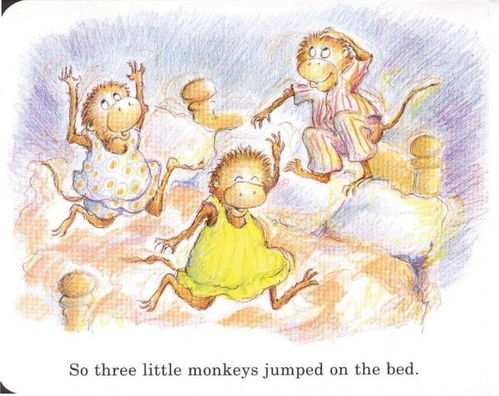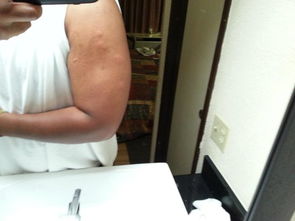
Baby Bed Bug Bites: A Comprehensive Guide
Bed bug bites can be a nightmare for anyone, but when it comes to babies, the situation can be particularly distressing. Understanding the nature of these bites, their symptoms, and how to deal with them is crucial for parents. In this article, we will delve into the details of baby bed bug bites, providing you with a comprehensive guide to help you navigate through this challenging situation.
What Are Bed Bug Bites?

Bed bugs are small, flat, oval-shaped insects that feed on the blood of humans and animals. They are reddish-brown in color and can grow up to 5-7 millimeters in length. These pests are nocturnal and typically feed on their hosts while they are sleeping. Bed bug bites are the result of these insects feeding on human blood.
Understanding the Symptoms

Bed bug bites can be difficult to distinguish from other insect bites, but there are certain symptoms that can help identify them. Here are some common signs of baby bed bug bites:
| Sign | Description |
|---|---|
| Red Bites | Small, red bumps that may appear in clusters or lines. |
| Itching | Bites often cause severe itching, which can be particularly distressing for babies. |
| Swelling | Bites may swell slightly, although this is not always the case. |
| Scabs | In some cases, the bites may develop scabs as they heal. |
It’s important to note that not everyone reacts to bed bug bites in the same way. Some individuals may not experience any symptoms, while others may have severe reactions. Babies, in particular, may be more sensitive to these bites.
Diagnosing Baby Bed Bug Bites

Diagnosing baby bed bug bites can be challenging, as they can resemble other insect bites or skin conditions. Here are some steps you can take to help identify bed bug bites:
-
Inspect the baby’s bed and sleeping area for signs of bed bugs. Look for small, reddish-brown insects, shed skins, and fecal matter.
-
Check for bites on the baby’s body, particularly on areas that are exposed while sleeping, such as the face, neck, arms, and legs.
-
Observe the baby for symptoms of itching, redness, and swelling.
-
Consult a healthcare professional if you are unsure about the diagnosis.
Dealing with Baby Bed Bug Bites
Once you have confirmed that your baby has bed bug bites, it’s important to take steps to alleviate the symptoms and prevent further bites. Here are some tips:
-
Keep the affected area clean and dry. Gently wash the bites with soap and water to prevent infection.
-
Apply a non-prescription hydrocortisone cream or calamine lotion to reduce itching and swelling.
-
Consider using antihistamines or antipruritic medications to help alleviate itching. Consult with a healthcare professional before giving these medications to a baby.
-
Keep the baby’s fingernails short to prevent scratching and potential infection.
-
Seek medical attention if the bites become infected or if the baby develops a severe allergic reaction.
Preventing Bed Bug Bites in the Future
Preventing bed bug bites is crucial, especially for babies who may be more sensitive to these pests. Here are some tips to help you keep bed bugs at bay:
-
Regularly inspect your baby’s sleeping area for signs of bed bugs, including the mattress, box spring, and bed frame.
-
Keep the sleeping area clean and clutter-free, as bed bugs thrive in dusty and cluttered environments.
-
Use bed bug-proof mattress encasements to prevent these pests from accessing your baby’s bed.
Related Posts
red bug bites pictures,Red Bug Bites Pictures: A Comprehensive Guide
Red Bug Bites Pictures: A Comp…
snake bite in dream meaning hindu astrology,Understanding the Significance of Snake Bite in Dreams
Understanding the Significance…






